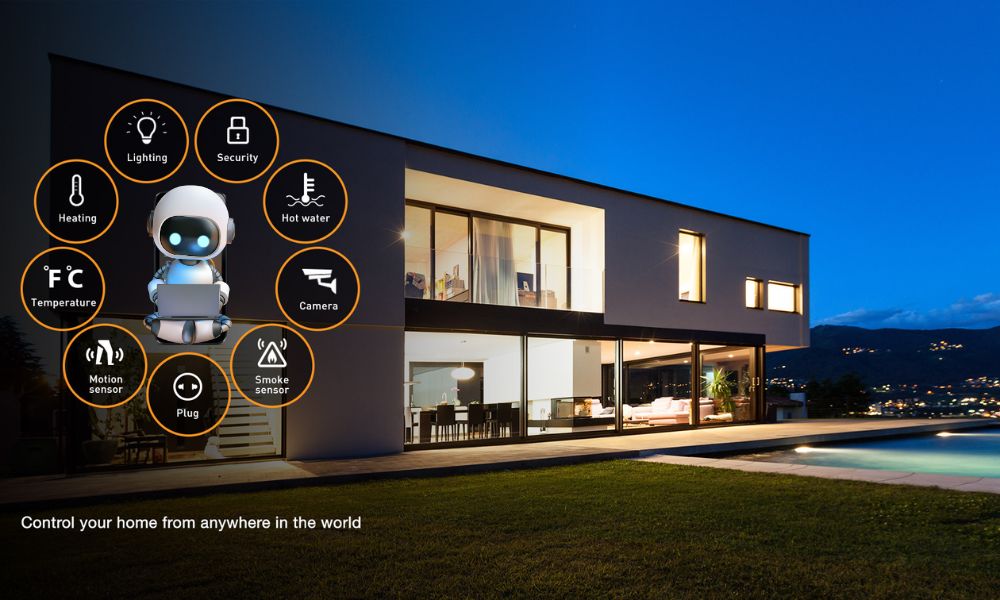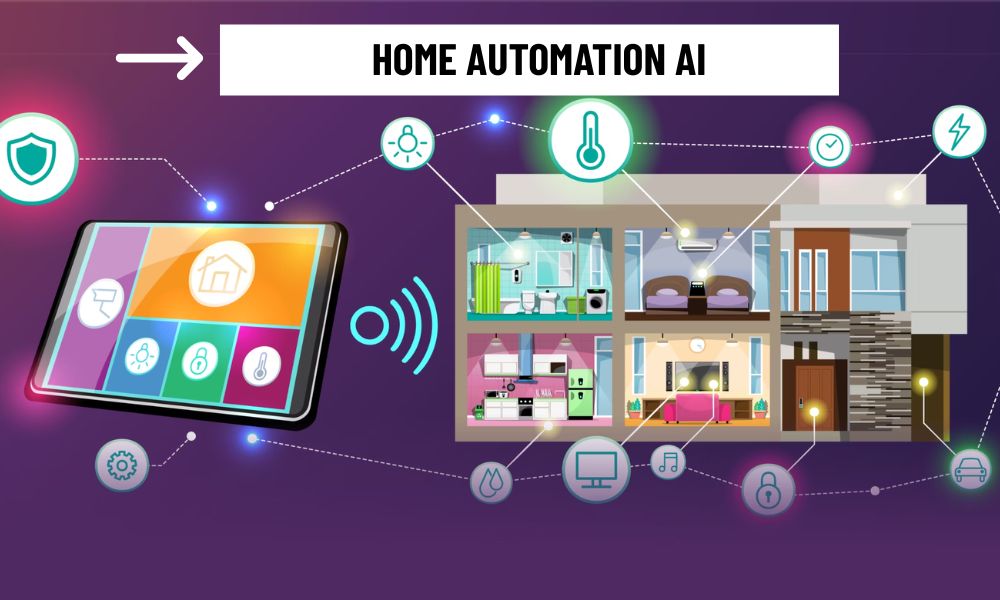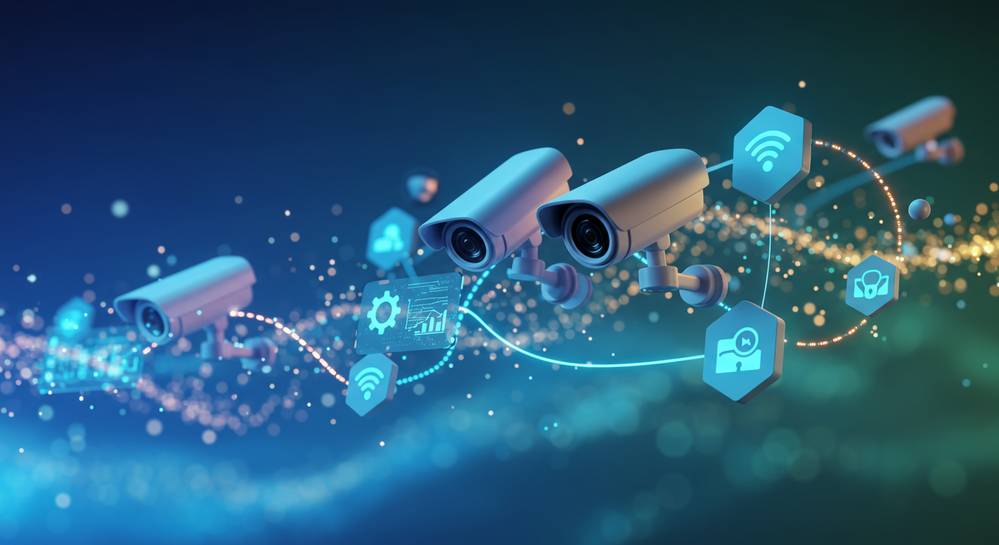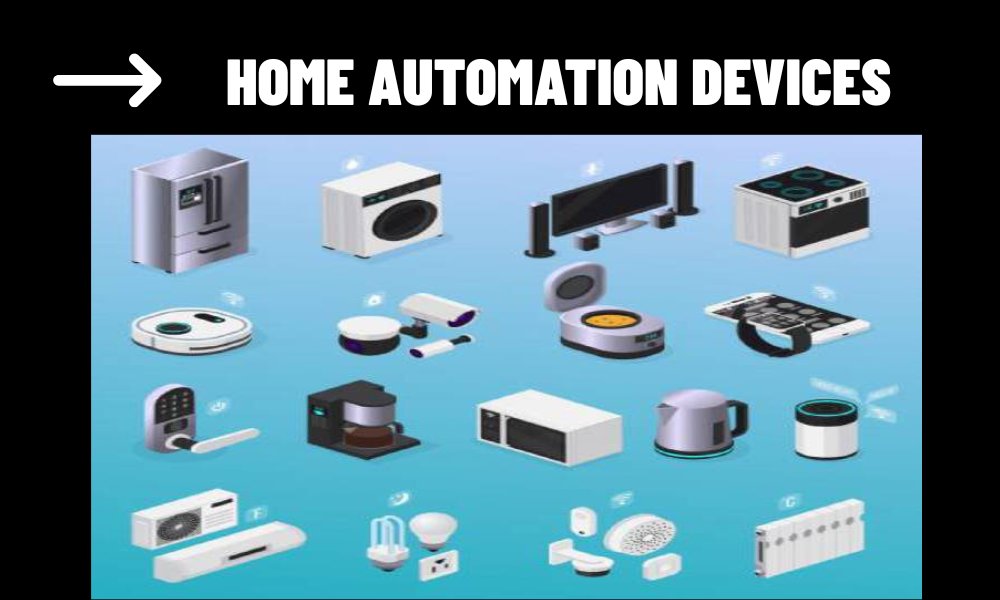In recent years, the concept of a “smart home” has evolved from a luxury into an achievable reality for many homeowners. At the center of this transformation lies the powerful convergence of home automation and artificial intelligence (AI). While home automation has long allowed users to remotely control lights, thermostats, and appliances, AI is now pushing this capability to new heights—introducing homes that not only respond to commands but also learn, adapt, and predict our behavior.
Contents
What Is AI-Driven Home Automation?
Traditional home automation allows users to control devices through pre-set rules or remote access. However, the addition of AI introduces a new layer of intelligence. AI-powered home automation systems collect data from various sources—such as motion sensors, weather forecasts, security cameras, voice assistants, and usage patterns—to make contextual, real-time decisions without human input.

Key Features of AI in Home Automation
Behavioral Learning
AI systems analyze your habits—when you leave for work, when you turn off the lights, what temperature you prefer at night—and adjust settings accordingly without needing manual input.
Predictive Automation
AI doesn’t just respond; it anticipates. For example, based on your sleep schedule, it can preheat the bedroom, adjust lighting as you wind down, or even recommend closing the blinds at sunset.
Voice and Natural Language Processing (NLP)
Virtual assistants like Amazon Alexa, Google Assistant, and Apple Siri use AI-based NLP to understand and respond to spoken commands more naturally and conversationally.
Energy Optimization
AI-powered smart homes can analyze energy consumption patterns and automatically adjust systems for maximum efficiency—like turning off unused devices or optimizing HVAC schedules based on real-time occupancy and weather.
Enhanced Security
AI enhances security systems through facial recognition, anomaly detection, and intelligent alerts. Instead of generic motion detection, your home can distinguish between family members, pets, and potential intruders—and respond differently in each case.
Use Cases: AI Making Homes Truly Smart
Smart Climate Control: Systems like Nest Learning Thermostat use AI to learn your preferences and schedule, reducing energy bills without compromising comfort.
AI-Powered Lighting: Lights automatically dim or brighten based on time of day, presence in the room, or even your mood detected via voice tone.
Smart Kitchens: Fridges that suggest recipes based on what’s inside, or ovens that preheat when you’re on the way home, guided by location data and patterns.
Elderly Care: AI systems monitor the activity of elderly family members and notify caregivers of unusual behavior (e.g., not getting out of bed by a certain time).
The Role of Data and Privacy
One of the critical enablers—and challenges—of AI in home automation is data. The more data your system collects, the smarter it gets. However, this raises important questions about privacy, data ownership, and security.
Leading AI home automation providers are now investing heavily in edge computing (processing data locally on the device) and end-to-end encryption to reduce the risk of data breaches and ensure user control.
When designed responsibly, AI systems can deliver powerful automation benefits without compromising trust.

The Future of AI-Powered Homes
We are rapidly approaching an era where smart homes become autonomous ecosystems. Future developments may include:
Emotion-aware environments: Homes that adjust lighting, music, and climate based on emotional cues.
Multi-agent AI systems: Separate AIs (for energy, security, comfort) collaborating and negotiating to balance priorities.
Augmented Reality (AR) Interfaces: Interacting with your home’s AI through holographic dashboards or virtual assistants embedded in AR glasses.
Self-healing systems: AI-powered diagnostics and maintenance that fix or report problems before you even notice them.
AI Is Making Smart Homes Smarter
Home automation was the beginning. Artificial intelligence is the revolution. By empowering homes with the ability to learn and adapt, AI transforms passive spaces into intelligent companions—supporting daily life, increasing comfort, reducing costs, and enhancing security.
For homeowners, architects, and technology developers alike, this shift represents a new design challenge: not just to connect devices, but to design living environments that are intuitive, empathetic, and intelligent.
In this new reality, smart homes will not simply be controlled by us—they will grow with us.


